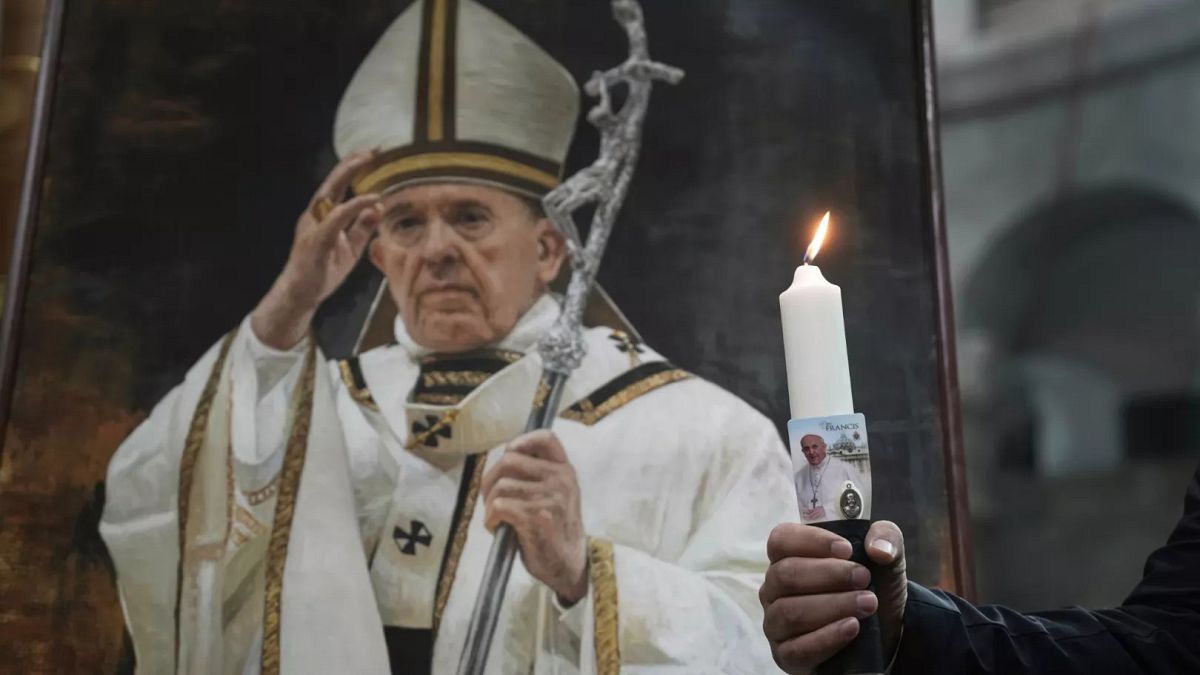On Easter Monday, the news came down that Pope Francis, who headed the Roman Catholic church for 12 years, had passed away after an illness.
Serving as a pope in the 21st century meant that during his reign, the late pontiff faced a continual torrent of online disinformation. When an AI-generated image of him donning a long white puffer jacket went viral in 2023, many people fell for it; in response, he urged the press to report factually and warned of the dangers of fake news.
Nevertheless, from the moment Francis was hospitalised on 14 February, online users began to share fake claims that he was already dead, alleging a cover-up and disputing the authenticity of an official audio message shared on 6 March in which he thanked his supporters.
“Enough! You are denying that Pope Francis is dead!” said Italian TikToker ottavorediroma2.0 in a video posted on 14 March that notched up 200k views.
Users on X, Facebook and other social media platforms also relayed these allegations. with research firm Cyabra estimating that 31% of profiles on X which discussed the pope’s health over the course of a week in early March were in fact fake.
When a photo of Francis sitting in the chapel of the Rome hospital where he was treated was issued in mid-March, it was also dismissed as fake by online conspiracy theorists.
In a video posted on 16 March with almost 300k views, Another Italian TikToker, erbombolino1.1official, responded: “Look, look, they made a double after the fake voice, the photo too”.
Another trend which emerged during Francis’ time in hospital was the sharing of fake AI-generated images showing him in his hospital bed.
A 1996 apostolic constitution promulgated by Pope John Paul II forbids the photography of a pope on his deathbed or after his death — unless specific permissions have been granted.
The pope’s death certificate has now been released by the Vatican, stating he died in his apartment on Monday 21 March. His body is on public display for mourners to pay their respects.

